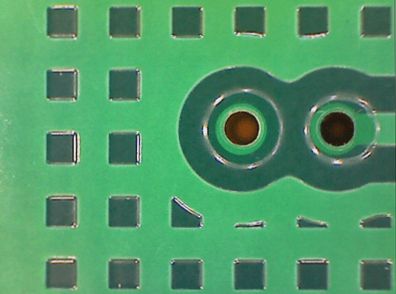The IBIS model in PCB technology is used to analyze and address signal integrity issues.
This article explains how to use the IBIS model during PCB design to extract key variables for signal integrity analysis, emphasizing the importance of impedance matching to avoid signal reflections and transmission line issues, and guides the simulation of these parameters for effective PCB layout and design.
The IBIS model in PCB technology is used to analyze and address signal integrity issues. Read More »









